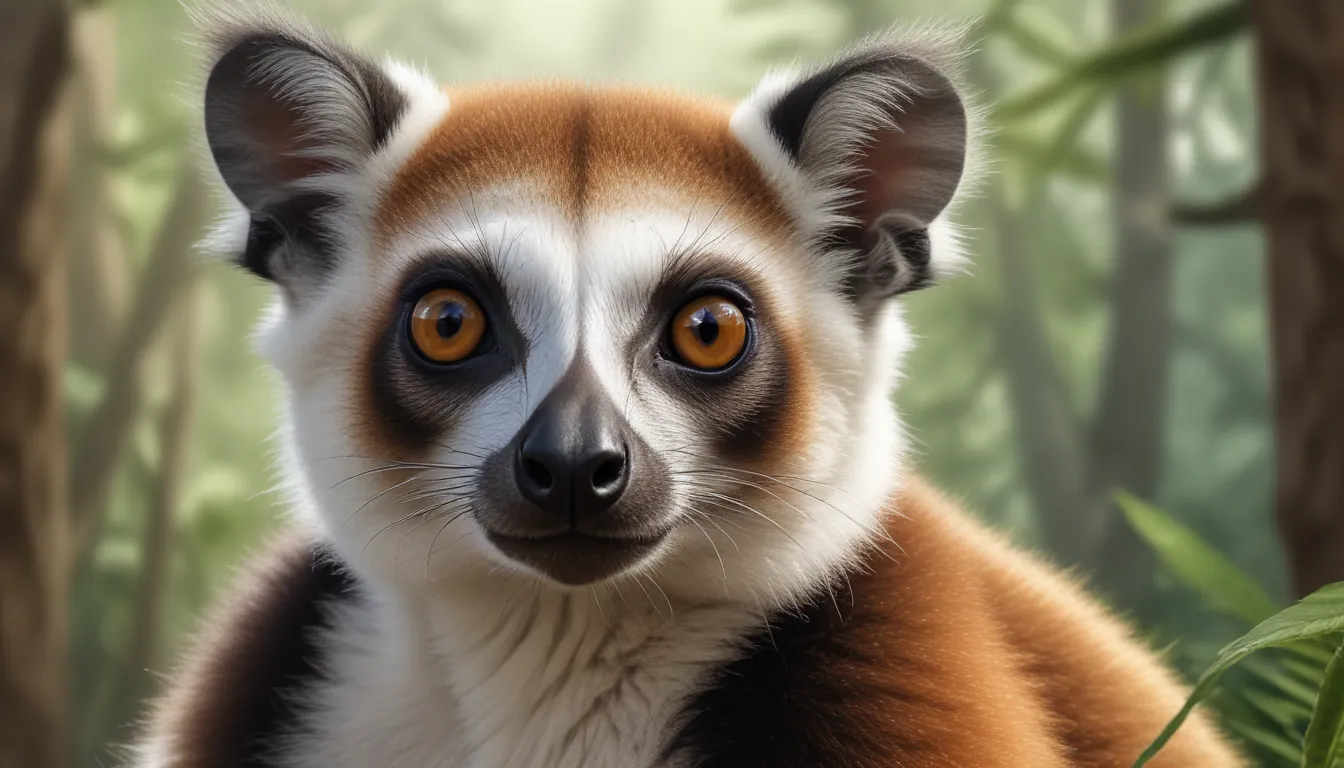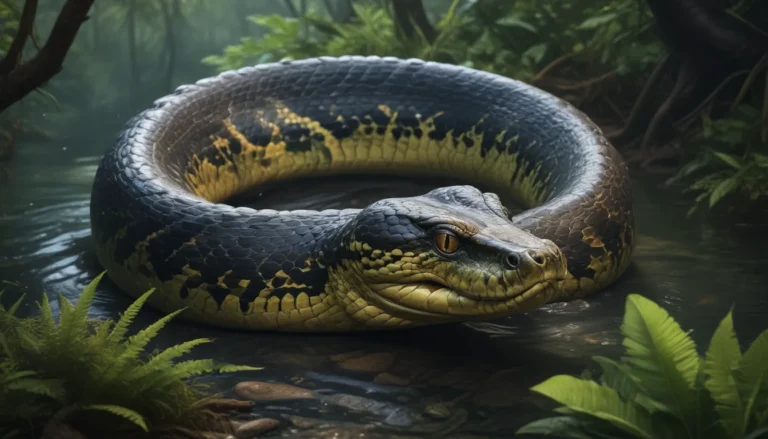The pictures we use in our articles might not show exactly what the words say. We choose these pictures to make you interested in reading more. The pictures work together with the words but don’t take their place. The words still tell you the important facts.
Welcome to the enchanting world of lemurs! These unique creatures, native to the island of Madagascar, are unlike any other primate. From their social behaviors to their arboreal lifestyles, lemurs have captured the interest of nature enthusiasts worldwide. Join us as we delve into the captivating realm of lemurs and uncover some intriguing facts about these fascinating animals.
Lemur Facts Infographics
If you're visual learner, our infographics will provide you with a quick overview of key lemur facts. From their nocturnal habits to their matriarchal societies, these infographics offer a snapshot of the diverse world of lemurs.
Lemur in Latin Means Spirits of the Night
The name "lemur" has a mysterious origin, deriving from the Latin word for "spirits of the night." This title reflects the eerie reputation that lemurs held among the natives of Madagascar. Legends abound about these nocturnal creatures, adding to their allure and mystique.
Lemurs Don’t See in Color
Contrary to popular belief, most lemurs only see in one or two colors. Some species, however, possess the ability to see in three colors. Despite their limited color vision, lemurs have superior night vision, making them adept hunters under the cover of darkness.
Lemurs Are Very Social
Lemurs thrive in social settings, forming tight-knit family groups that consist of males, females, and offspring. These families engage in social grooming to strengthen bonds and maintain cohesion. Female lemurs often remain with the same group for life, showcasing their strong social ties.
Lemurs Are Usually Nocturnal
Many species of lemurs are nocturnal, spending their days resting and their nights actively foraging for food. While some lemurs exhibit diurnal behaviors, their activity patterns are dictated by safety considerations specific to their environment.
Baby Lemurs Are Carried by Their Moms for Weeks
Newborn lemurs cling to their mother's stomach for the first two weeks of life, after which they transition to riding on their mother's back. This close bond ensures the safety and care of the young lemurs until they are ready to venture out on their own.
Lemurs Are Arboreal
Most lemurs are arboreal, meaning they spend the majority of their time in trees. From foraging for food to navigating tree branches, lemurs are well-adapted to life in the canopy. While some lemurs venture to the ground in search of food, they predominantly dwell in the treetops.
Many Lemur Species Are Endangered
Despite their resilience in the wild, many lemur species face the threat of endangerment due to human activities such as hunting and habitat destruction. With only a few natural predators, lemurs are particularly vulnerable to human encroachment on their habitats.
Lemurs Live in Madagascar
Lemurs are exclusive residents of Madagascar, a biodiverse island off the coast of Africa. While they can be found in zoos worldwide, their natural habitat on Madagascar remains their primary stronghold. Due to their elusive nature, spotting lemurs in the wild can be a rare treat.
Lemurs Live in a Matriarchal Society
Remarkably, lemurs exhibit a matriarchal social structure in which females hold greater authority within family groups. Females dictate daily activities, control access to food, and even have the power to evict male members from the group. This distinctive social hierarchy sets lemurs apart from other primates.
Lemur Diets Vary by Species
Lemurs have diverse diets that range from fruits and nuts to insects. Depending on the availability of food, lemurs may enter hibernation to conserve energy. This adaptive behavior allows them to survive periods of scarcity and demonstrates their resourcefulness.
Lemurs Are a Type of Primate
Lemurs belong to the primate family and share common traits with other primates. As medium-sized apes, lemurs are distinguished by their unique adaptations to life in the treetops. Their endangered status highlights the importance of conservation efforts to protect these remarkable animals.
A Lemur’s Tail is Longer than Its Body
One of the most distinctive features of lemurs is their elongated tail, which often exceeds the length of their bodies. This tail serves as a vital tool for balance, communication, and locomotion in the treetops. Observing lemurs in their natural habitat offers insights into their agile movements and social interactions.
More Than Half of Baby Lemurs Won’t Make it to Age 2
Sadly, the survival rate of baby lemurs is precarious, with more than half failing to reach adulthood. Predation, food scarcity, and separation from their group contribute to the vulnerability of young lemurs. This stark reality underscores the challenges facing lemur populations in the wild.
Lemurs Do Not Hang From Their Tails
Contrary to popular depictions in cartoons, lemurs do not possess prehensile tails that allow them to hang from tree limbs. Instead, lemurs rely on their tails for balance and communication while navigating their arboreal habitats. Understanding the unique adaptations of lemurs enhances our appreciation for these remarkable primates.
Lemurs in The Movie Madagascar Were Ring-Tailed Lemurs
The beloved characters from the movie Madagascar, featuring lemurs, were inspired by the iconic ring-tailed lemurs. These charismatic animals captured the hearts of audiences worldwide, shedding light on the playful nature and social dynamics of lemurs.
In conclusion, lemurs enchant us with their intriguing behaviors and captivating presence. From their nocturnal rituals to their arboreal acrobatics, lemurs embody the spirit of the wild. As we celebrate these remarkable primates, let us also reflect on the importance of conservation efforts to safeguard their future in the wild. Join us in exploring the enthralling world of lemurs and immerse yourself in their fascinating world.






